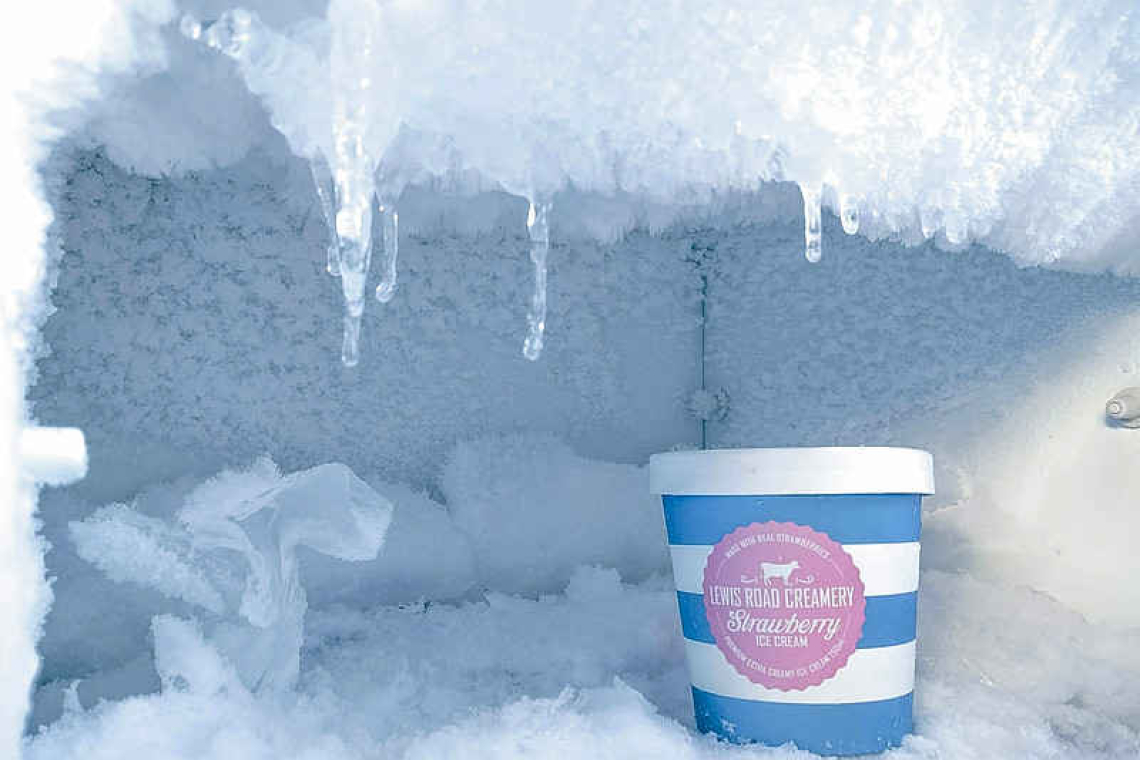When it comes to meal prep and long-term food storage, your freezer is a vital ally. However, maintaining food safety in the freezer requires more than just tossing your leftovers into the ice-cold part of your fridge Understanding the right techniques for freezing and thawing can prevent food-borne illnesses and keep your meals as nutritious as possible. Here are 11 essential tips to ensure that your freezer foods remain safe and healthy.
1. Freeze foods at their peak freshness.
To maximise both the nutritional value and safety of your foods, freeze them at their freshest. This applies to fruits, vegetables, meats, and even pre-cooked meals. Freezing food right after purchase or preparation locks in nutrients and flavour, providing better results when you eventually thaw and cook them.
2. Package food properly.
The way you package food for freezing significantly affects its quality and safety. Use airtight containers, heavy-duty aluminium foil, or vacuum-sealed bags to prevent air from entering and causing freezer burn, which can degrade the taste and texture of the food. Label each package with the date of freezing to help you track how long it’s been stored (see next tip).
3. Know the shelf life of frozen foods.
Even though freezing can extend the life of foods, it doesn’t make them last forever. Because freezing keeps food safe almost indefinitely, recommended storage times are for quality only. Refer to the freezer storage chart below which lists optimum freezing times for best quality.
If a food is not listed on the chart, you may determine its quality after thawing. First check the odour. Some foods will develop a rancid or off odour when frozen too long and should be discarded. Some may not look picture perfect or be of high enough quality to serve alone but may be edible; use them to make soups or stews.
|
Bacon and sausage |
1 to 2 months |
|
Casseroles |
2 to 3 months |
|
Egg whites / egg substitutes |
12 months |
|
Frozen dinners and entrees |
3 to 4 months |
|
Gravy: meat or poultry |
2 to 3 months |
|
Ham, Hotdogs and Lunchmeats |
1 to 2 months |
|
Meat: uncooked roasts |
4 to 12 months |
|
Meat: uncooked steaks or chops |
4 to 12 months |
|
Meat: uncooked ground |
3 to 4 months |
|
Meat: cooked |
2 to 3 months |
|
Poultry: uncooked whole |
12 months |
|
Poultry: uncooked parts |
9 months |
|
Poultry: uncooked giblets |
3 to 4 months |
|
Poultry: cooked |
4 months |
|
Soups and Stews |
2 to 3 months |
|
Wild game: uncooked |
8 to 12 months |
Chart from USDA Food Safety and Inspection Service
4. Know which foods are not freezer-friendly.
Some foods simply are not freezer-friendly as they can lose taste or texture, like the following foods:
- Foods with a crumb base can go soggy when defrosted and reheated.
- Vegetables and fruits with a high water-content – like lettuce, cucumber, bean sprouts, radishes and watermelons – can go limp and mushy.
- Soft herbs – like parsley, basil and chives – will go brown.
- Egg-based sauces – such as mayonnaise – will separate and curdle.
- Milk based sauces will separate.
- Plain yogurt, low-fat cream cheese, single cream and cottage cheese will get watery.
- Raw eggs in shells will expand and crack.
- Hard-boiled eggs will get rubbery.
- Canned foods can swell and burst.
5. Thaw foods safely.
How you thaw frozen food is just as important as how you freeze them. Never thaw food at room temperature, as this can cause bacteria to multiply rapidly. Instead, use one of these safe methods:
- In the refrigerator: This is the safest method, though it requires planning as it can take 24 hours or more.
- In cold water: Submerge the food in a leak-proof bag and change the water every 30 minutes. Cook immediately after thawing.
- In the microwave: This method is faster but can lead to uneven thawing. Food thawed in the microwave should be cooked immediately.
6. Avoid refreezing thawed foods.
Once food has been thawed, it’s not advisable to refreeze it unless it has been cooked first. Refreezing can lead to a loss of texture and flavour, and can also increase the risk of food-borne illness due to potential bacterial growth during the thawing process.
7. Keep your freezer at the right temperature.
For optimal food safety, your freezer should be set at 0°f (-18°c) or lower. At this temperature, bacterial growth is halted, and food remains safe to eat indefinitely, though quality may diminish over time.
8. Don’t overstuff your freezer.
A crowded freezer can reduce airflow, making it harder for the freezer to maintain a consistent temperature. We know it’s easier said than done, but try to organise your freezer so that air can circulate freely, and avoid overstuffing it with too much food at once.
9. Regularly check and rotate freezer foods.
To prevent forgotten items from lingering in your freezer for too long, adopt a first-in, first-out approach. Place newer items behind older ones and make a habit of checking and rotating stock regularly. This practice helps minimise waste and ensures that you're always consuming food at its best quality.
10. Avoid freezer burn.
Freezer burn occurs when food is exposed to air and loses moisture, leading to dry spots and bad flavours. While not harmful, freezer burn can negatively impact the taste and texture of your food. To prevent this, ensure your food is well-packaged and consider using a vacuum sealer for long-term storage.
11. Freeze in portions.
If you’re freezing large quantities of food, consider dividing it into smaller portions. This not only speeds up the freezing and thawing process, but also allows you to defrost only what you need, reducing food waste.







